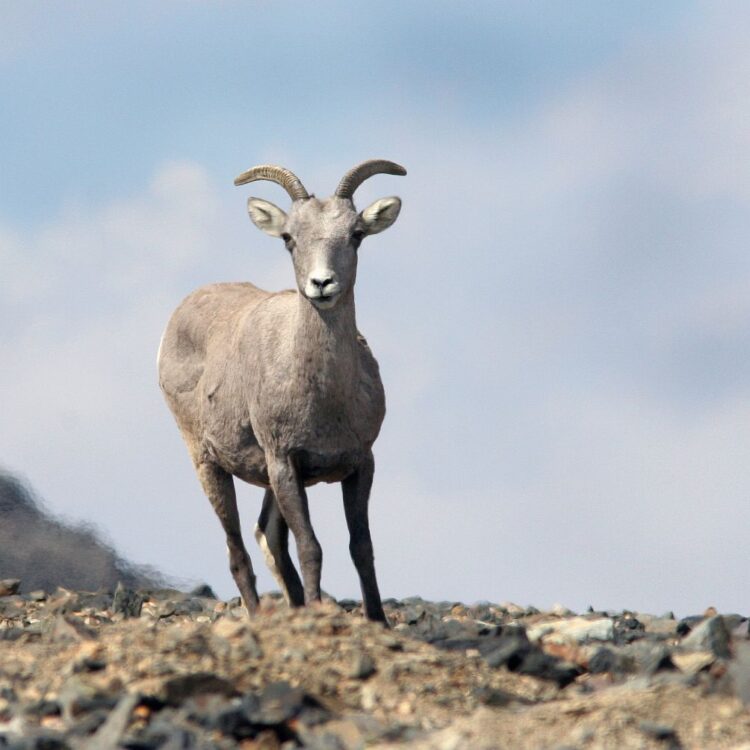
The Sierra Nevada bighorn sheep—a subspecies of bighorn sheep found only in the Sierra Nevada Mountains of California—is one of the rarest ungulates in the world. Similar to many ungulates in North America, Sierra bighorn populations declined dramatically as a result of European colonization, hitting a dangerous low of approximately 100 sheep in the 1990s. Since being listed as endangered, recovery efforts led by the California Department of Fish and Wildlife (CDFW) have grown the population to over 700 animals across 14 different herds as of 2020. Despite recent success, the recovery and delisting of Sierra bighorn remains threatened by high levels of predation by mountain lions, changing vegetation and climate, weather events that are severe, and increases in human disturbance.
We are partnering with CDFW to help provide a scientific basis for the continued management and recovery of Sierra bighorn. This will entail analyzing data collected by CDFW over the past 20+ years, in combination with data from ongoing fieldwork, to provide insight on the ecology of these sheep. We are currently investigating interactions between Sierra bighorn, mountain lions, and mule deer, the impacts of the increasing popularity of outdoor recreation in sheep habitat during critical life-stages, as well as the group dynamics and foraging ecology of Sierra bighorn. By focusing our efforts on questions of why, rather than how, our research findings will be applicable to populations of mountain ungulates across Western North America and throughout the world.
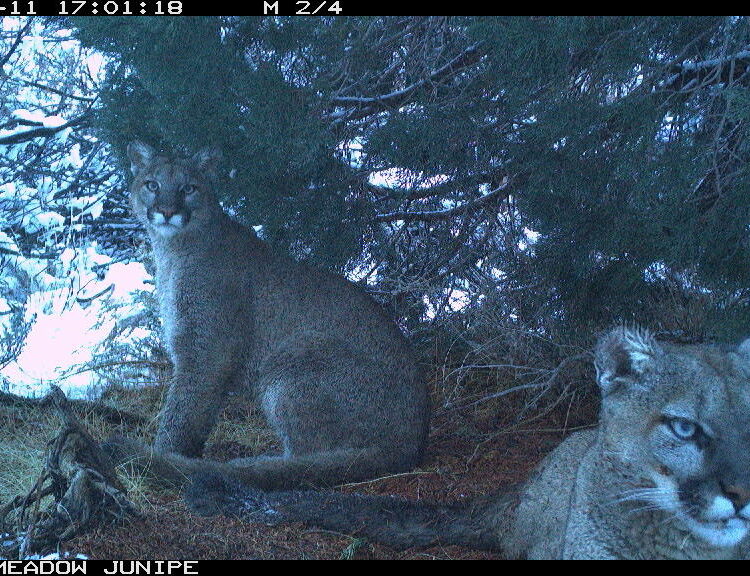
Main Questions
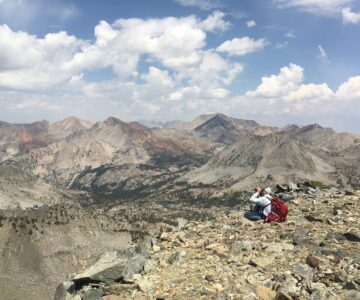
What shapes useable habitat for Sierra sheep?
Although Sierra bighorn often spend time in steep rocky terrain, we sometimes see them in large groups grazing in alpine meadows. Understanding how changes in population size affects what bighorn sheep perceive as usable habitat will enable managers to more accurately predict the number of animals that a mountain range can sustainably support.
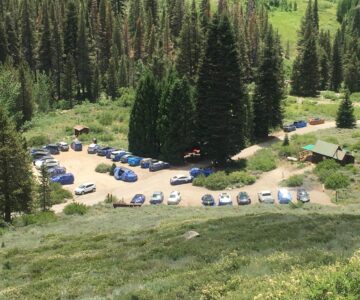
What role does recreation play in Sierra sheep recovery?
Rock climbing, backcountry skiing, and other forms of recreation are increasing in many places that Sierra sheep live, and we are investigating the role that recreation plays in space use and behavior of sheep. In the summer, overlap between climbers and pregnant sheep may result in changes in the areas used to give birth, potentially compromising their ability to raise offspring. In the winter, sheep may be forced to use habitat of poorer quality or crowd animals into the remaining areas that are undisturbed by recreation, altering access to food resources, ultimately scaling up to impact population dynamics.
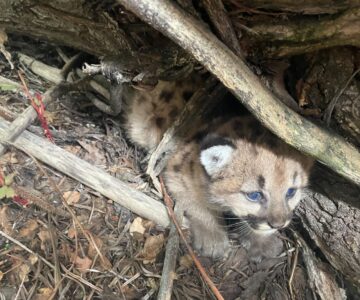
How do mountain lions affect Sierra sheep?
The mountain lion is a stealthy ambush predator that mainly preys on mule deer in the Eastern Sierra; however, Sierra bighorn are being increasingly targeted to help subsidize the growing populations of mountain lions. To better understand the population of mountain lions, we are visiting dens to count the number of kittens born and to estimate juvenile survival and dispersal. Knowing how many kittens survive to adulthood provides insight to the trajectory of the population and how it may affect the recovery of Sierra bighorn.

Project leads
Jaron Kolek

Seth Rankins
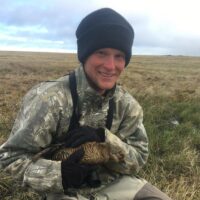
Yasaman Shakeri
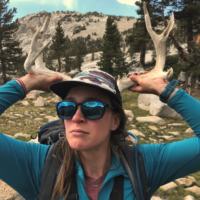
Collaborators, partners, and funders
This project is funded by and conducted in collaboration with California Department of Fish and Wildlife and the Biodiversity Institute at University of Wyoming.

